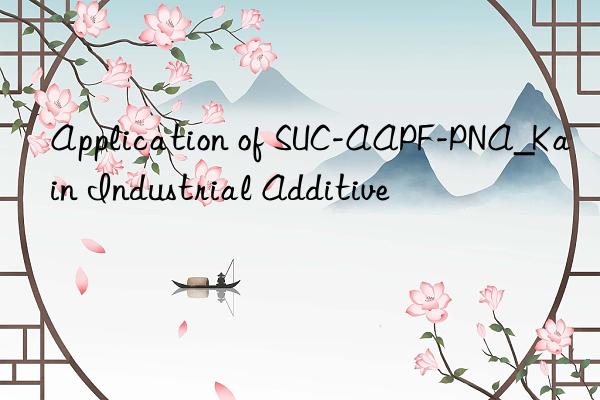
Overview[1]
SUC-AAPF-PNA is the abbreviation of AC-ASP-GLU-VAL-ASP-PNA and can be used for pharmacological experimental research.
Apply[1]
SUC-AAPF-PNA can be used to verify the inhibitory activity of proteases, such as as a substrate to determine the inhibitory activity of the peptidase family, a new serine protease species of the peptidase family S2A or S1E, which is stable in the presence of copper (Cu2+) , or only inhibited to a limited extent by copper. Potentially relevant structural properties for this effect are also disclosed. Proteases in this class include proteases derived from Brachysporiellagayana, Nocardiopsis dasonvillei subsp. dasonvillei, Nocardiopsisprasina, and Nocardiopsis alba, but exclude known proteases from Metarhizium anisopliae and Nocardia sp. NRRL18262 . Dose/response curves (OD405/min vs. (mg enzyme)/l) showed no inhibition by Fe2+, Zn2+, Mg2+, Mn2+ or choline chloride (1 mM added to assay buffer) for any of the assayed proteases. Cu2+, however, inhibited all proteases tested (to varying extents).
First, the effect of various Cu2+ concentrations was tested using an enzyme dose of 1 mg/l. There appears to be a linear relationship between inhibition and concentration of Cu2+, at least within the range of 0 to 1mM Cu2+, with inhibition showing itself to decrease enzyme activity as Cu2+ concentration increases (enzyme activity measured from the linear portion of the dose/response curve as average OD405 increase/time). The results show the activity of the various proteases tested relative to a control experiment (enzyme concentration 1 mg/l, using 1 mM Cu2+ concentration, and using Suc-AAPF-pNA as substrate, at pH 7 and 25°C), except that no addition was made to the control experiment. Cu2+ is exactly the same outside. The stability of various proteases was tested as described above in the presence of various inhibitors at a concentration of 1 mM. The only inhibitor that affects the stability of some proteases is Cu2+. However, this inhibitor affects all proteases differently; Protease 18 and Brachysporiella protease are actually stable in the presence of 1 mM Cu2+, while other proteases are not.
Main reference materials
[1] CN200480009201.2 protease

 微信扫一扫打赏
微信扫一扫打赏

